Motion
Motion is the act of changing position or place. It is a fundamental concept in science and is essential for understanding the world around us.
Types of Motion
There are different types of motion:
- Translational Motion: This is when an object moves from one place to another.
- Rotational Motion: This is when an object spins or rotates around an axis.
- Vibrational Motion: This is when an object moves back and forth around a central point.
Understanding Motion
To understand motion, it is important to be familiar with the following concepts:
- Distance: The amount of space between two points.
- Displacement: The change in position of an object from its initial point to its final point.
- Speed: The rate at which an object moves. It is calculated as the distance traveled per unit of time.
- Velocity: The speed of an object in a specific direction.
- Acceleration: The rate at which the velocity of an object changes over time.
Study Guide
Here are some key points to remember when studying motion:
- Understand the difference between distance and displacement.
- Learn how to calculate speed and velocity using the appropriate formulas.
- Practice solving problems related to motion, such as calculating the distance traveled or the final velocity of an object.
- Be familiar with the concept of acceleration and how it relates to changes in velocity.
- Observe and analyze real-life examples of motion, such as the movement of vehicles, the rotation of a wheel, or the swinging of a pendulum.
By understanding the principles of motion and practicing related problems, you can develop a strong foundation in this fundamental scientific concept.
[Motion] Related Worksheets and Study Guides:
.◂Science Worksheets and Study Guides Kindergarten. Pushing, Moving, Pulling
Coloring Worksheet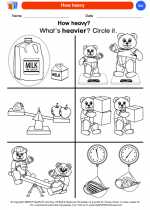 How heavy
How heavy  Coloring Worksheet
Coloring Worksheet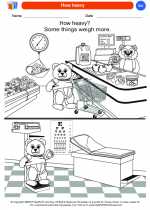 How heavy
How heavy  Coloring Worksheet
Coloring Worksheet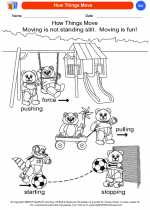 How Things Move
How Things Move  Coloring Worksheet
Coloring Worksheet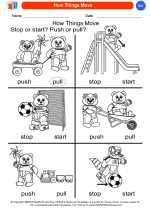 How Things Move
How Things Move  Coloring Worksheet
Coloring Worksheet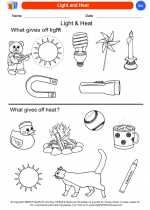 Light and Heat
Light and Heat  Coloring Worksheet
Coloring Worksheet Light and Heat
Light and Heat  Coloring Worksheet
Coloring Worksheet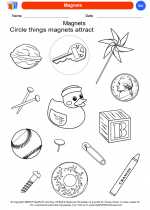 Magnets
Magnets  Coloring Worksheet
Coloring Worksheet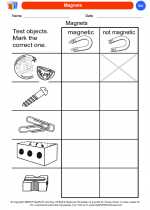 Magnets
Magnets  Coloring Worksheet
Coloring Worksheet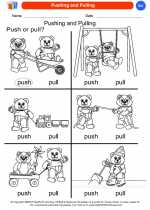 Pushing and Pulling
Pushing and Pulling  Coloring Worksheet
Coloring Worksheet Pushing and Pulling
Pushing and Pulling  Coloring Worksheet
Coloring Worksheet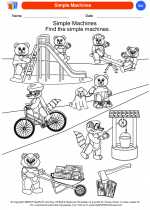 Simple Machines
Simple Machines  Coloring Worksheet
Coloring Worksheet Simple Machines
Simple Machines  Coloring Worksheet
Coloring Worksheet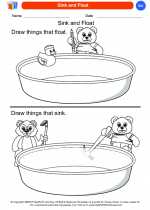 Sink and Float
Sink and Float  Coloring Worksheet
Coloring Worksheet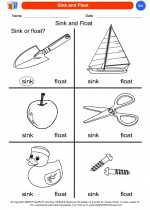 Sink and Float
Sink and Float  Coloring Worksheet
Coloring Worksheet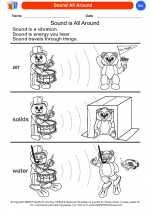 Sound All Around
Sound All Around  Coloring Worksheet
Coloring Worksheet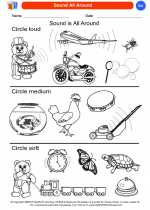 Sound All Around
Sound All Around  Coloring Worksheet
Coloring Worksheet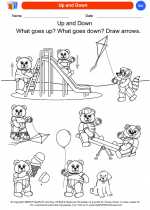 Up and Down
Up and Down  Coloring Worksheet
Coloring Worksheet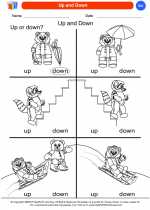 Up and Down
Up and Down  Coloring Worksheet
Coloring Worksheet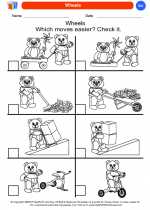 Wheels
Wheels  Coloring Worksheet
Coloring Worksheet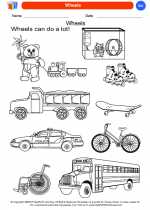 Wheels
Wheels 

 Coloring Worksheet
Coloring Worksheet
 Coloring Worksheet
Coloring Worksheet
 Coloring Worksheet
Coloring Worksheet
 Coloring Worksheet
Coloring Worksheet
 Coloring Worksheet
Coloring Worksheet
 Coloring Worksheet
Coloring Worksheet
 Coloring Worksheet
Coloring Worksheet
 Coloring Worksheet
Coloring Worksheet
 Coloring Worksheet
Coloring Worksheet
 Coloring Worksheet
Coloring Worksheet
 Coloring Worksheet
Coloring Worksheet
 Coloring Worksheet
Coloring Worksheet
 Coloring Worksheet
Coloring Worksheet
 Coloring Worksheet
Coloring Worksheet
 Coloring Worksheet
Coloring Worksheet
 Coloring Worksheet
Coloring Worksheet
 Coloring Worksheet
Coloring Worksheet
 Coloring Worksheet
Coloring Worksheet
 Coloring Worksheet
Coloring Worksheet
